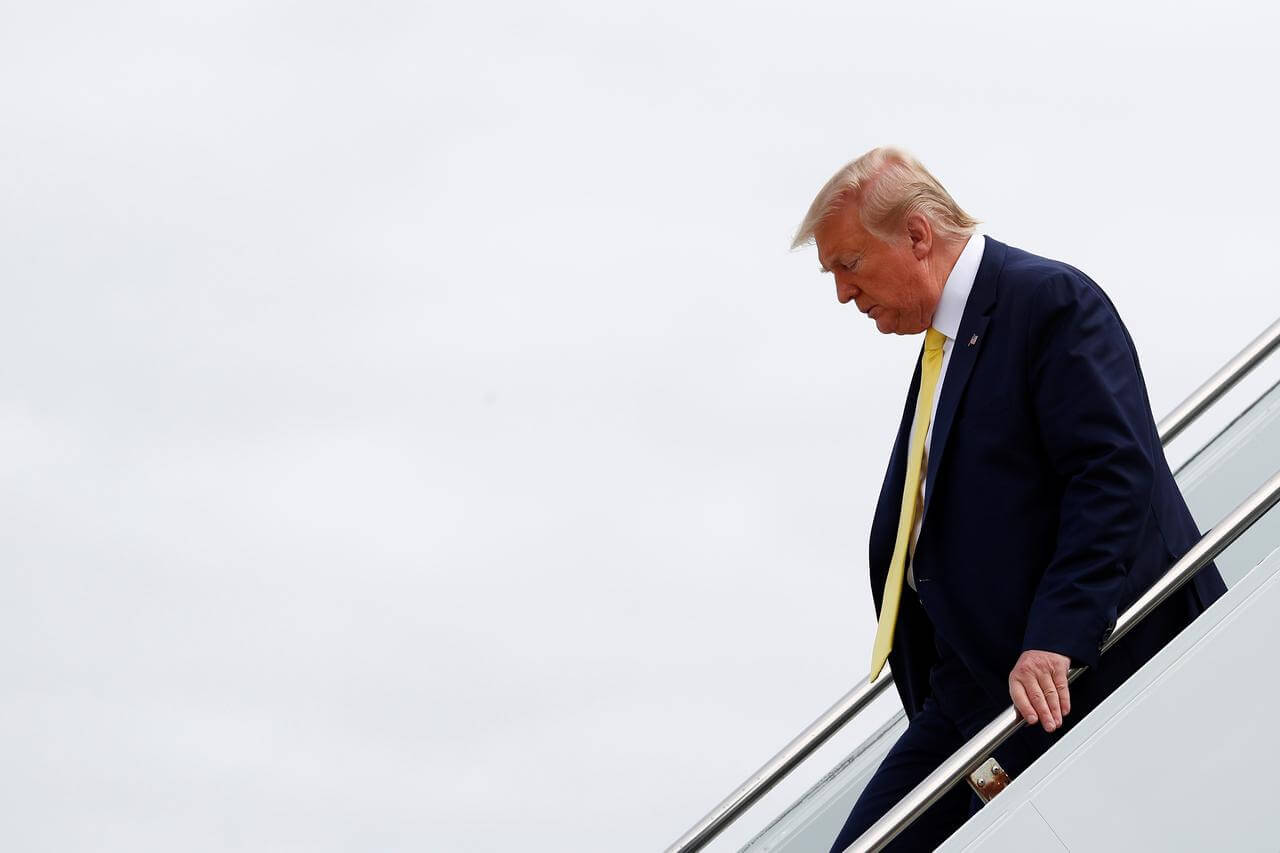As the United States continues to grapple with the threat of the novel coronavirus, measures advocated for by health experts to contain its spread have come under scrutiny due to their devastating impact on the American economy.
Over the last two weeks, severe restrictions have been placed on non-essential businesses in various parts of the country. Soon, more than 100 million Americans are expected to be subjected to stay-at-home orders. While global health officials and government leaders agree that social distancing and staying at home is the best way to defeat the virus, US President Donald Trump, Wall Street executives, and conservative economists have warned that the subsequent shock to the economy could hurt the country more than deaths from the virus.
No doubt, the economic fallout from this pandemic is staggering. Analysts state that the economy could shrink by an annualized rate of 30% in the second quarter, with unemployment jumping to 13%. The stock market has been tumbling rapidly, and stocks have collapsed by about 34% since the coronavirus spread globally, marking the steepest plunge in decades, and erasing the 3 years of gains under the Trump administration.
However, some economists warn that loosening the new limits on commerce and movement too soon would not only risk a surge in infections and deaths, but also take a toll on the economy by placing additional stress to an already overwhelmed healthcare system and sow uncertainty among consumers. The US Chamber of Commerce has also come out in support of the restrictions on the economy and experts have urged lawmakers to come up with a comprehensive government assistance package for affected workers and businesses.
Nevertheless, Senior White House officials have already begun discussing when to start easing restrictions. Preliminary discussions have centered on potentially having younger, and thus less vulnerable, people start working first, and in specific locations where the risk of infection isn’t too high. Additionally, the administration is considering lifting the number of people who can gather together in a group.
These proposals are at odds with recommendations put forth by health officials both within the administration and outside, who have all advised against hasty decisions. While Trump has expressed his wishes to see the country opened up and “raring to go” by Easter, health experts opine that the United States has to be flexible, as it will need at least a few weeks to see the positive effects of containment measures. They warn that abandoning the restrictions too soon could result in patients getting “sick in extraordinary numbers all over the country, far beyond what the US health care system will bear.”
Image Source: Reuters

